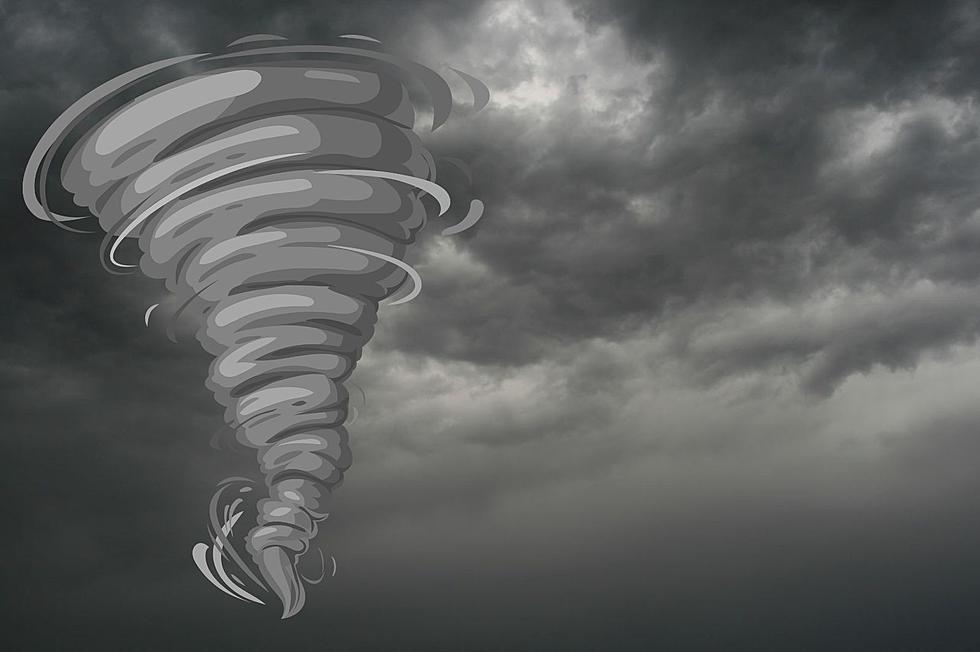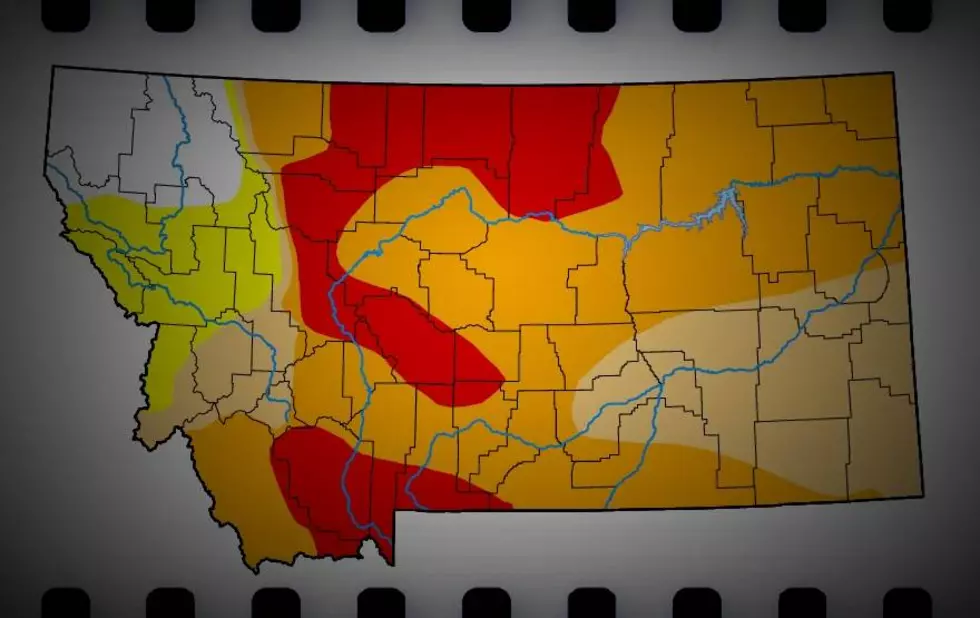
Montana Storms and Crop Insurance Claims
Many Montana farmers took it on the chin this past weekend as a flurry of wind, hail, rain and some tornadoes took a $50 million dollar damage toll on local crops and structures. Hopefully farmers took advantage of crop insurance offered both federally and privately.
Record Payouts In Crop Insurance Claims
In 2011 farmers across the USA received a record $9.1 billion in indemnity payments from crop insurance companies and only 81% of those claims have been finalized according to the USDA’s Risk Management Agency. Over the past four years you can tally up another $27 billion in privately backed crop insurance paid to farmers for either drops in market prices or natural disasters.
How Crop Insurance Works
There are different types of crop insurance available to farmers that protect them in different ways. Insurance is available to protect farmers from natural disasters such as hail, drought, floods and storm damage. They can also insure themselves against loss of revenue from low crop yield (Crop-Yield Insurance) or prices going too low to cover expenses and make a profit (Crop-Revenue Insurance).
- Crop-Hail Insurance: This insurance became popular in France and German in the early 1800’s because hail was usually an isolated incident and usually covered smaller areas so private insurers could offer it at lost cost and still be profitable. However, it only covers damage from hail.
- MPCI: Multi-peril Crop Insurance: This insurance bundles several risks into a single policy. It might cover the normal events such as hail, excessive rain, and drought then also cover things like insects and bacteria-related diseases as well. The problem with this kind of insurance is a major event could put a serious financial strain on the insurance companies. Much like Hurricane Katrina did to insurance companies in New Orleans. For this reason these policies are often subsidized by the government.
- Crop-revenue Insurance: This insurance covers price declines that might occur during the farmer’s growing season. Farmers compute the crop revenue by taking the crop-yield times the crop price. The Risk Management Agency uses commodity exchange prices to determine the mean price. That is then combined with the average production from the farm in the past and that will produce a final guaranteed number even before the crop is ever planted. If the selling price of the crop falls below the guarantee the farmer receives the difference. It will not cover declines that occur naturally from year to year.
Some Final Thoughts
There are other types of weather related insurance that are in wide use. For example, the Gallatin County Fair would most likely have a policy that would insure them for lost revenue if the fair experienced four days of rain or hail that would keep large numbers of fairgoers away.
You would also see this type of insurance for an outdoor concert, golf tournament, or a parking lot sale for a business. Thousands of dollars might have been spent on advertising, marketing and printing for the event. All those expenses would be lost were it not for weather insurance.
The next time your eyes glaze over when you’re chatting with your insurance man just keep in mind that some day that need is probably going to arrive. Will you be ready?
More From KMMS-KPRK 1450 AM







![[POLL] Will You Got Back to Restaurants and Bars When They Open?](http://townsquare.media/site/8/files/2017/04/Adam-Berry.jpg?w=980&q=75)
![[POLL] Should wearing a mask in public be mandatory?](http://townsquare.media/site/8/files/2020/04/GettyImages-1213079528.jpg?w=980&q=75)
